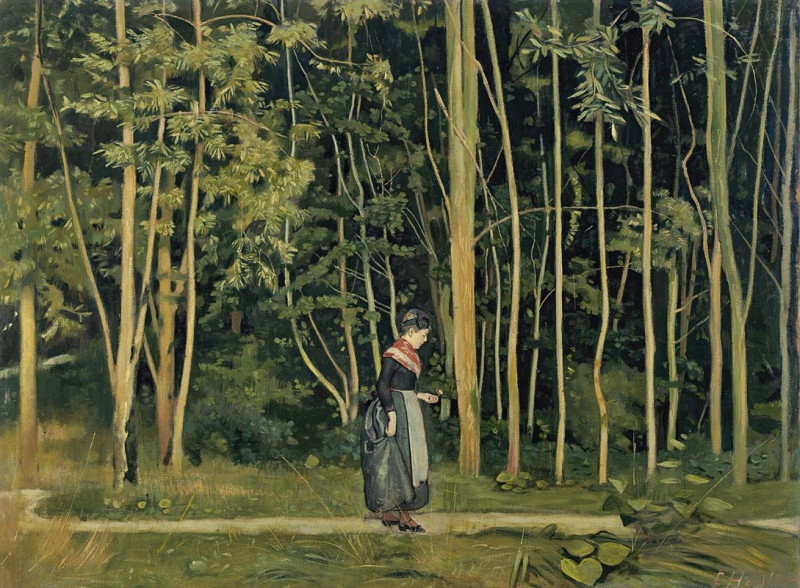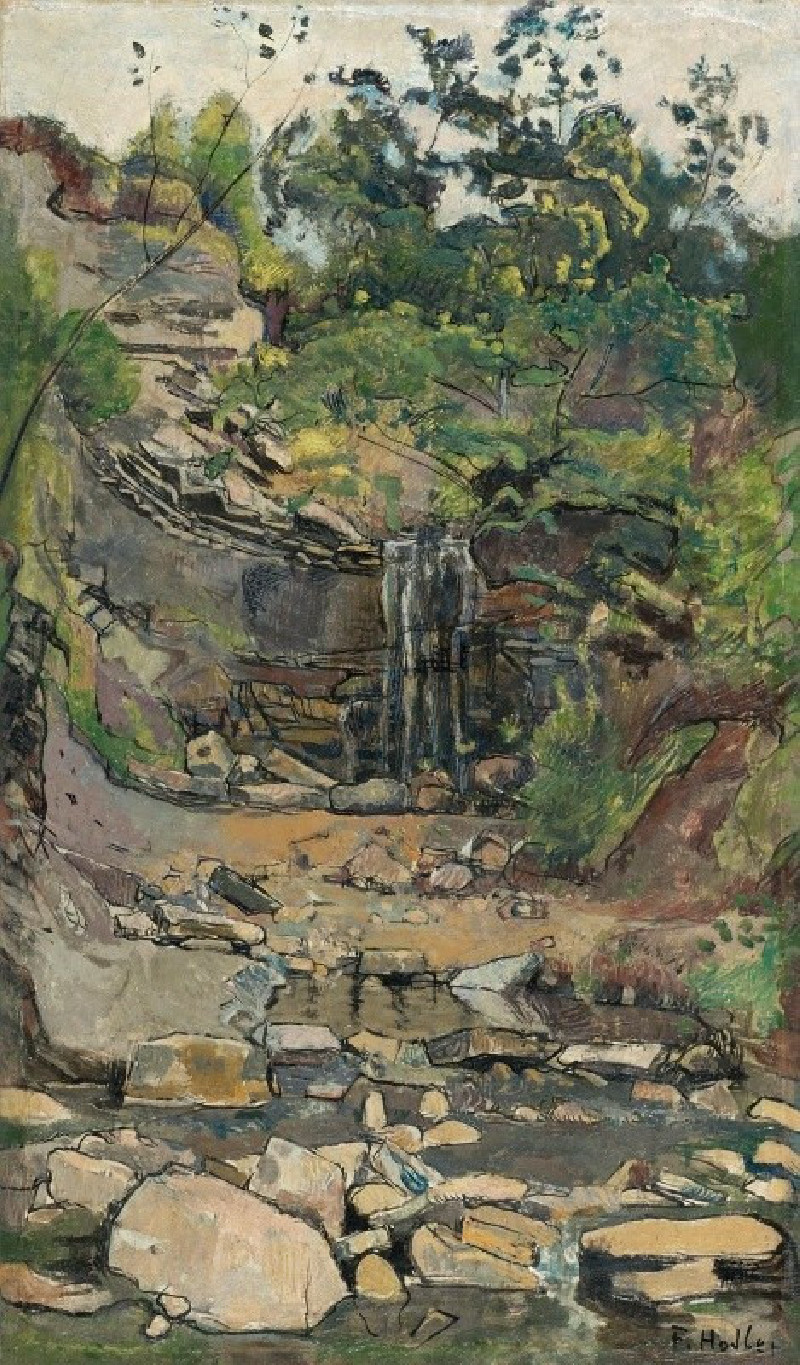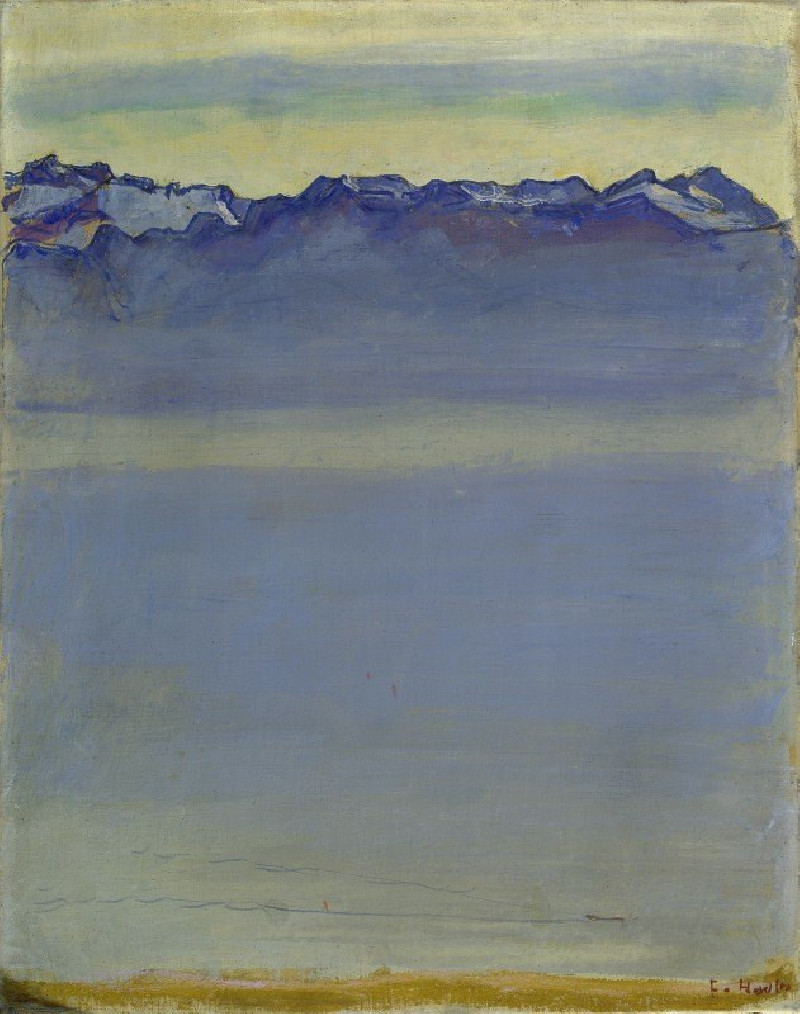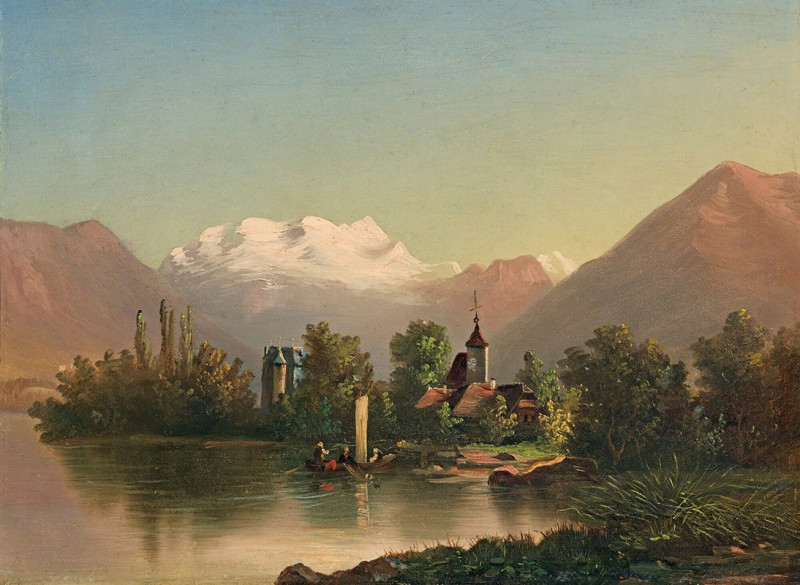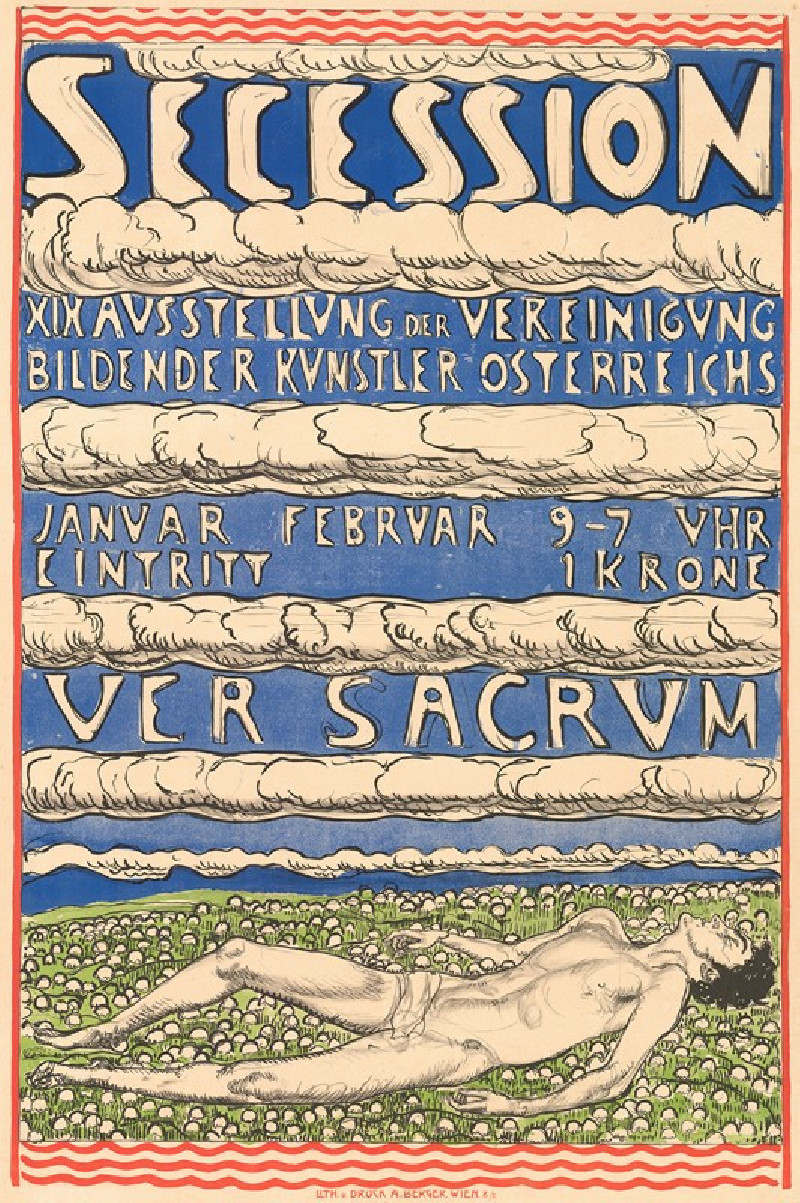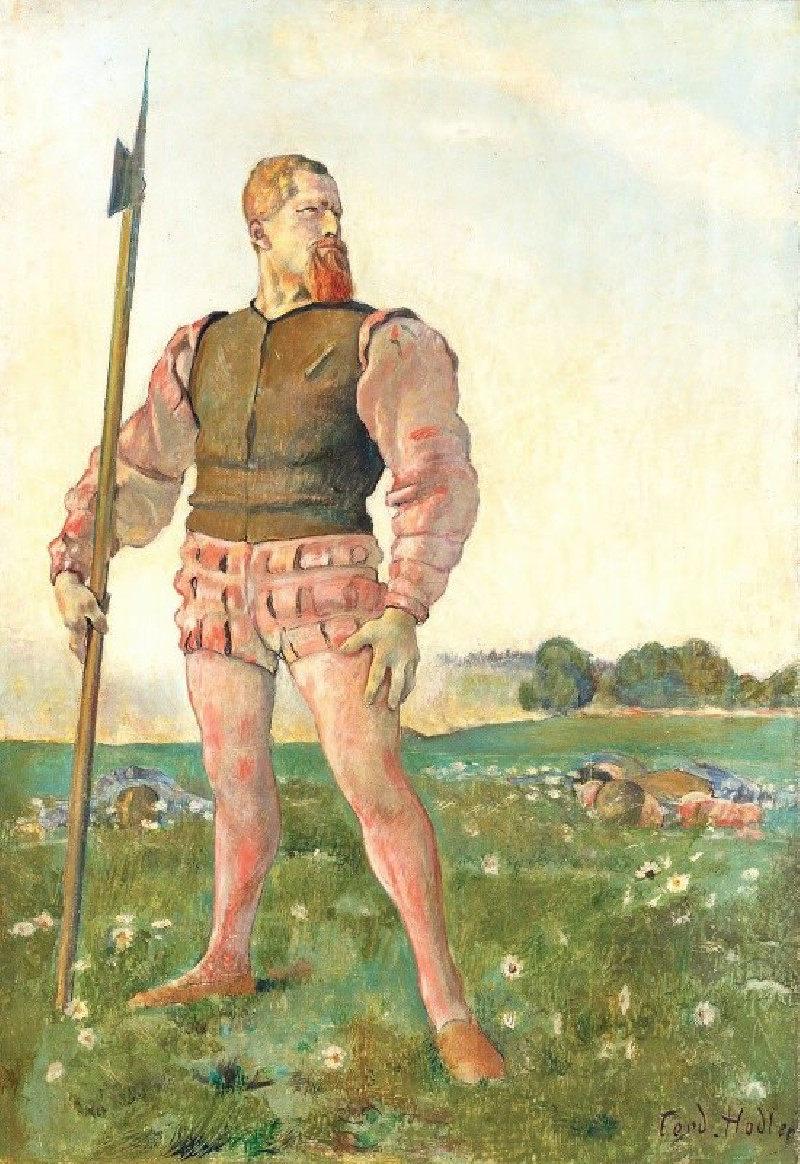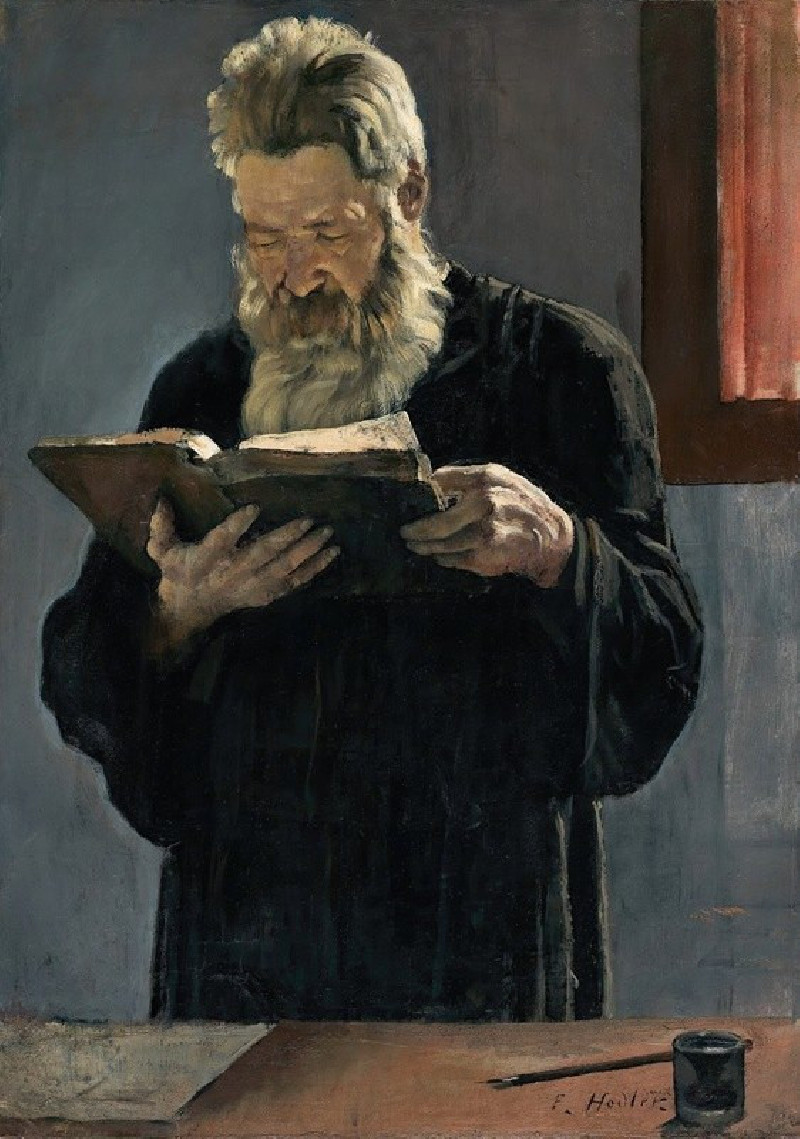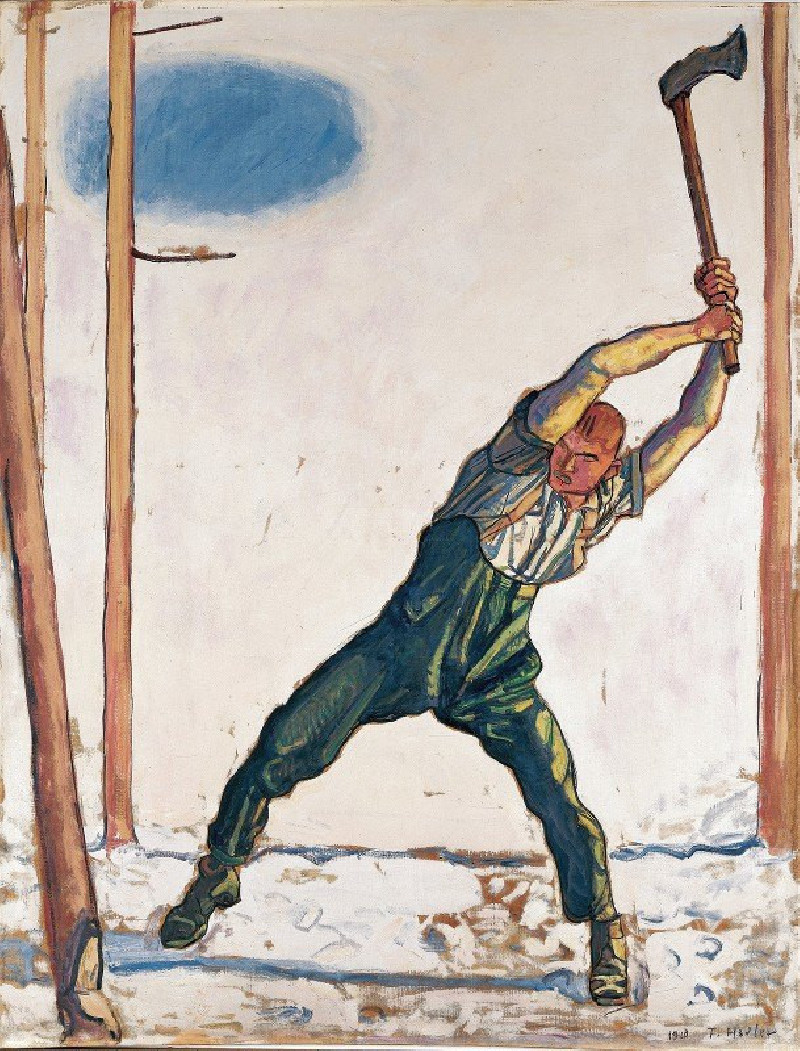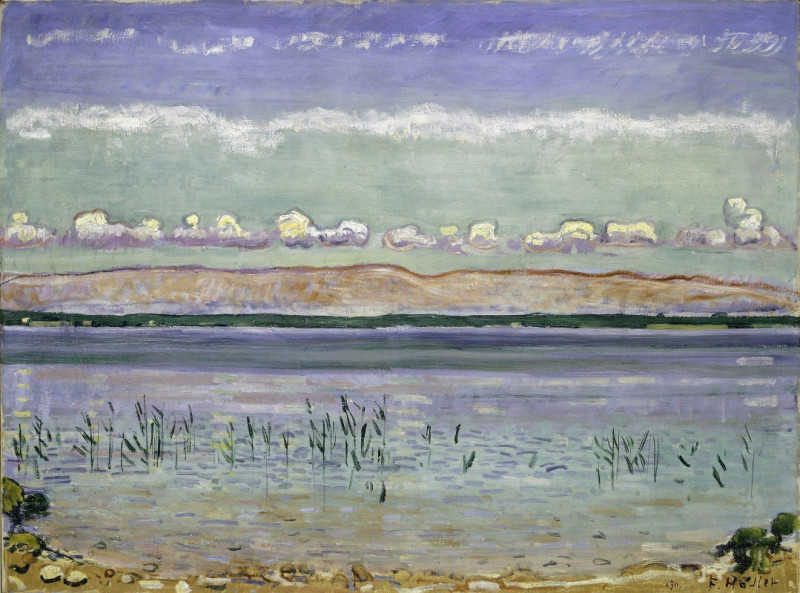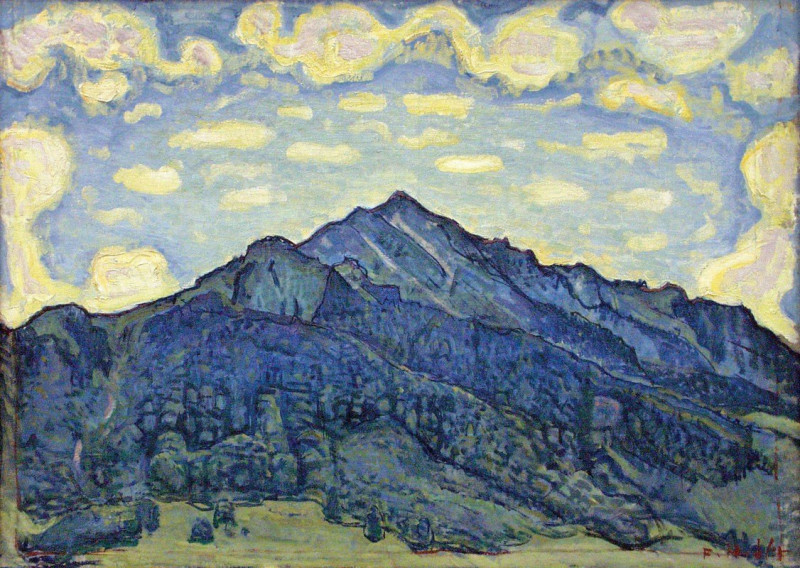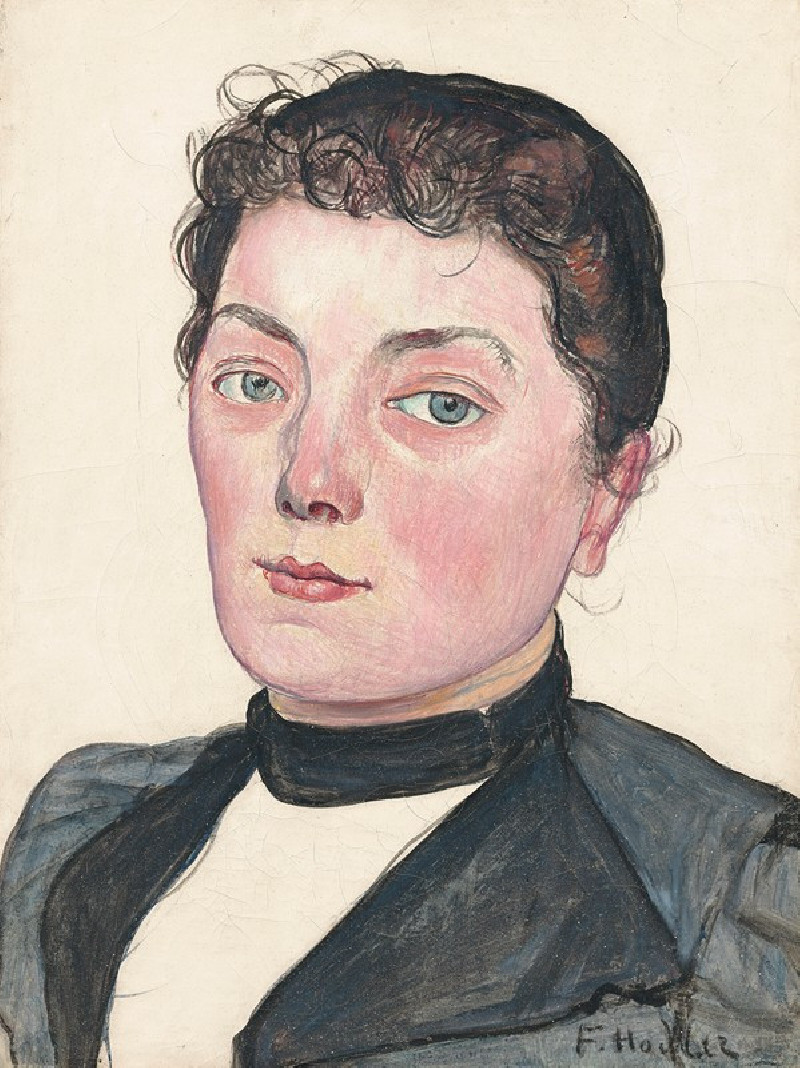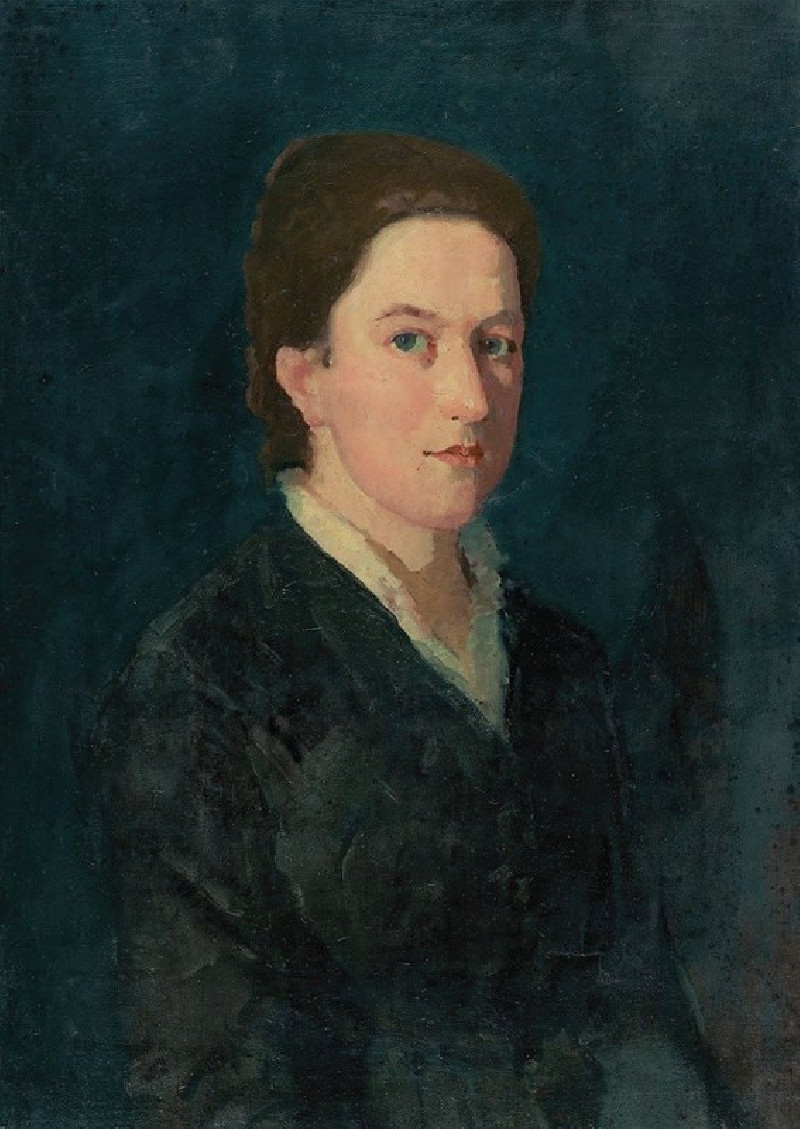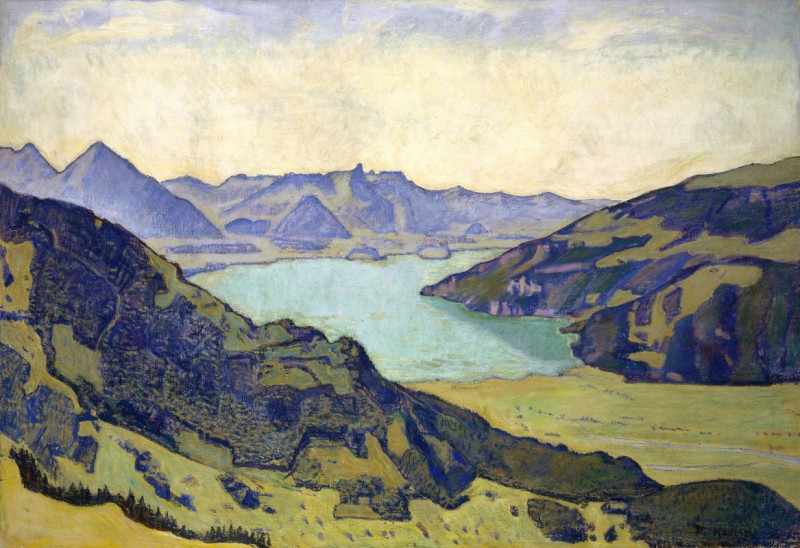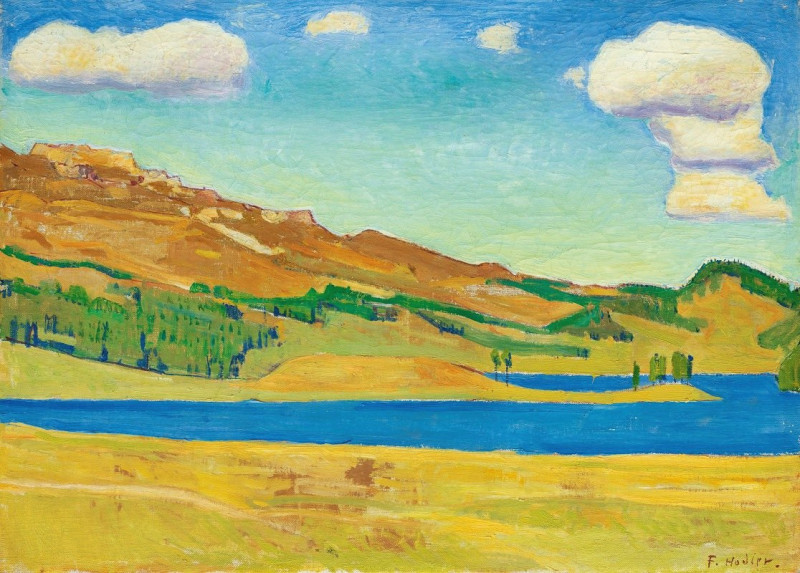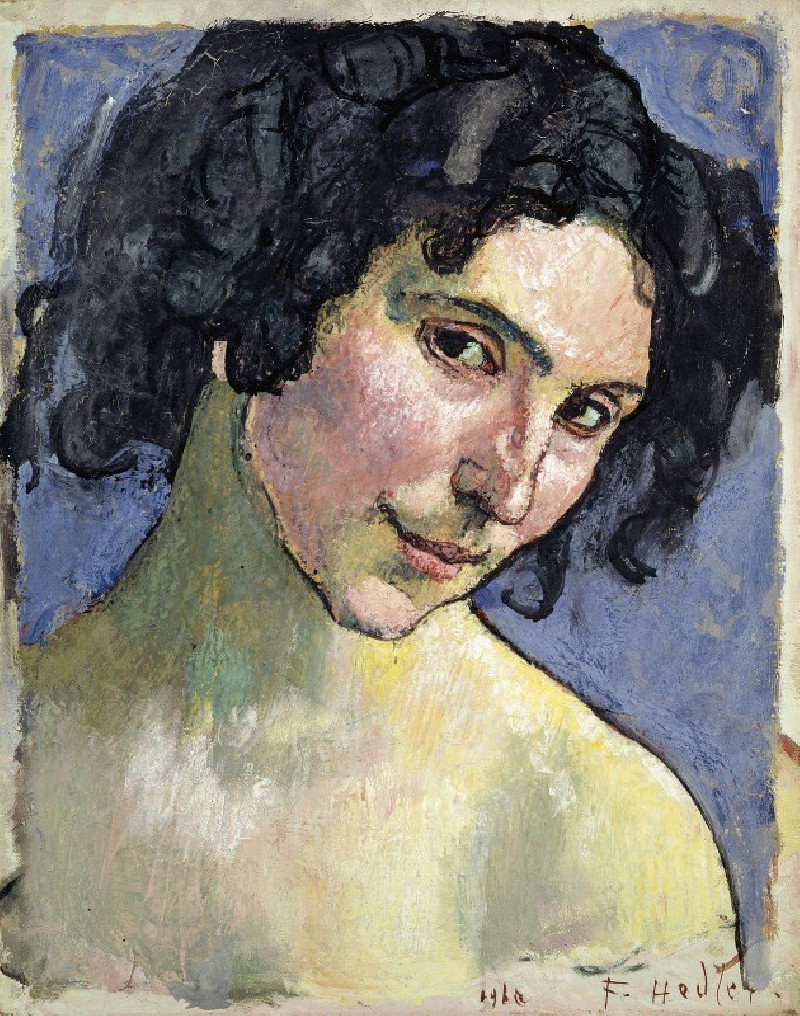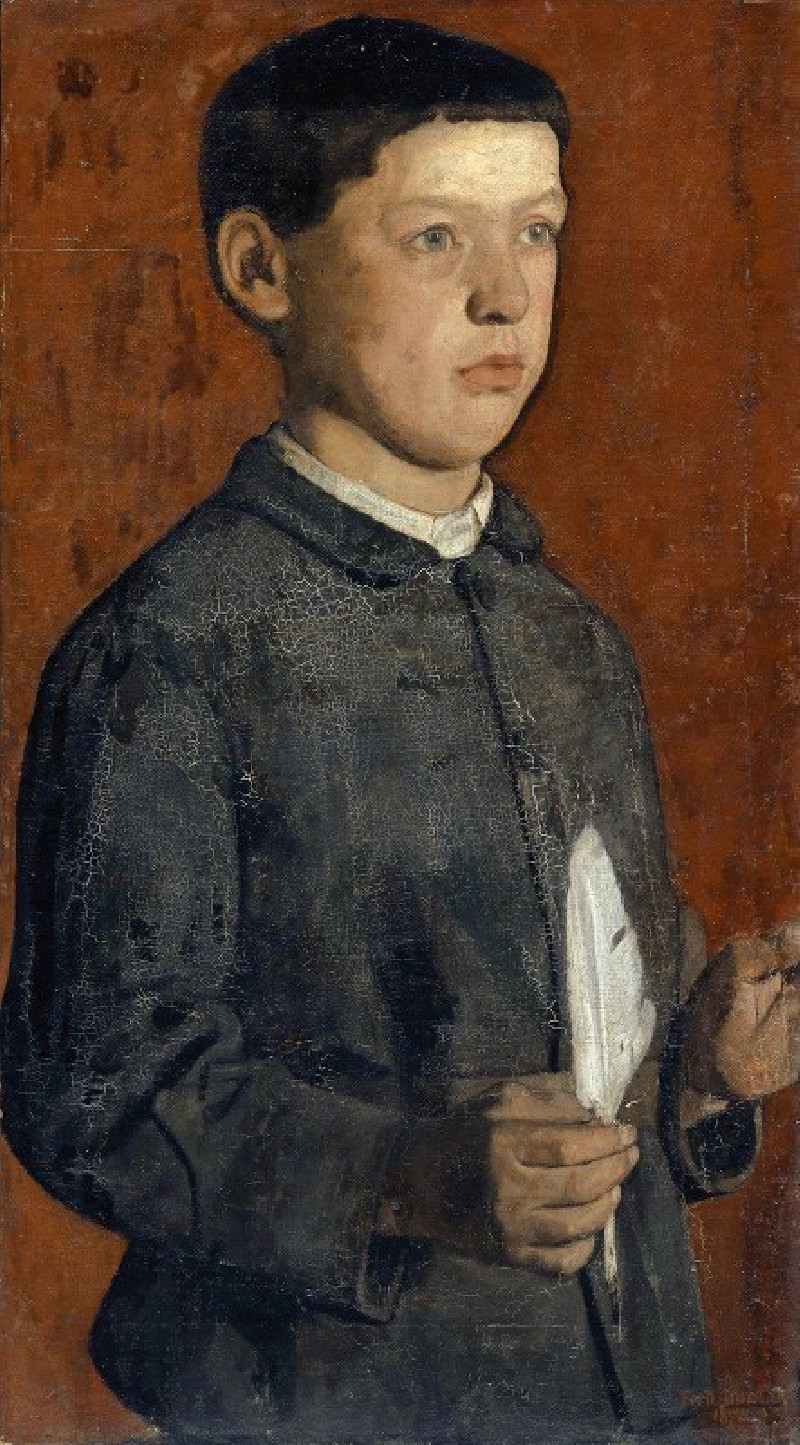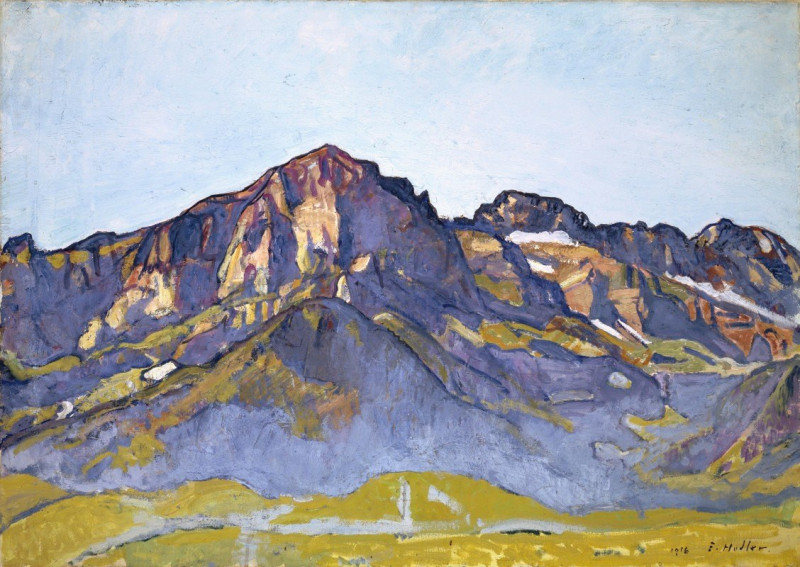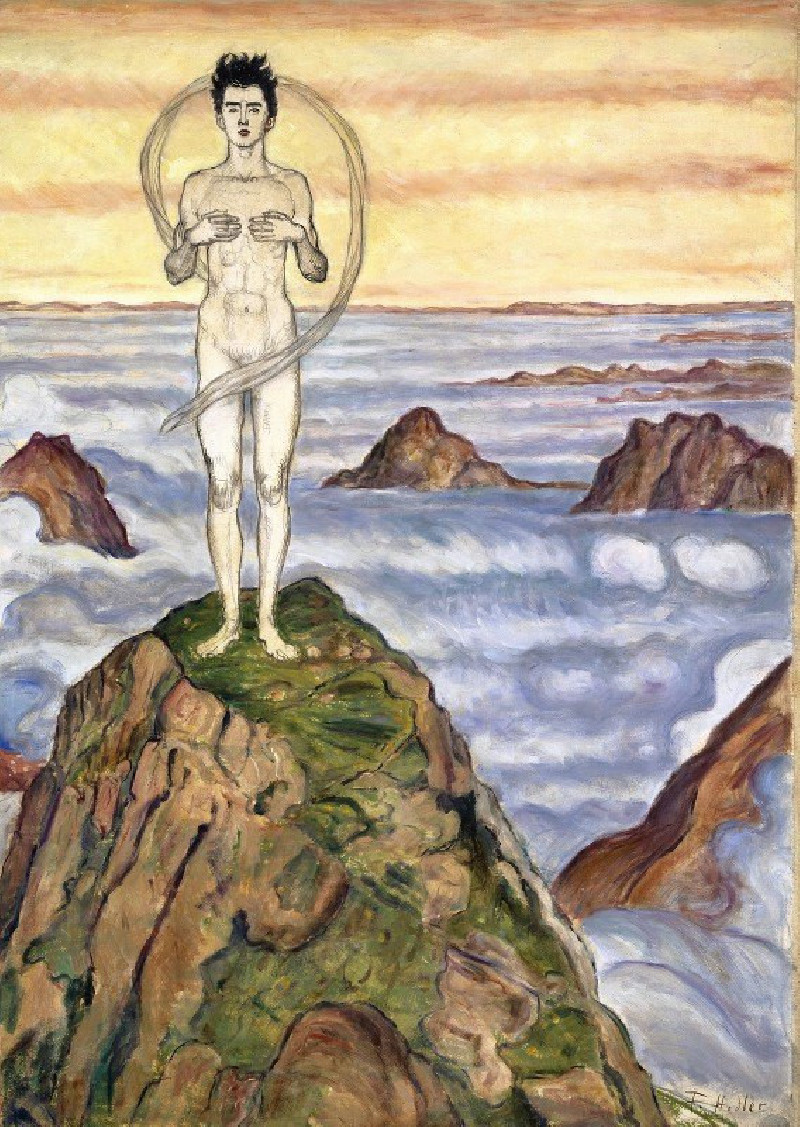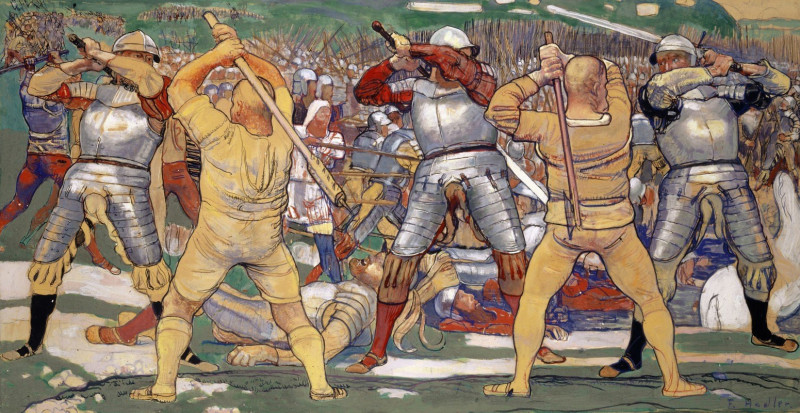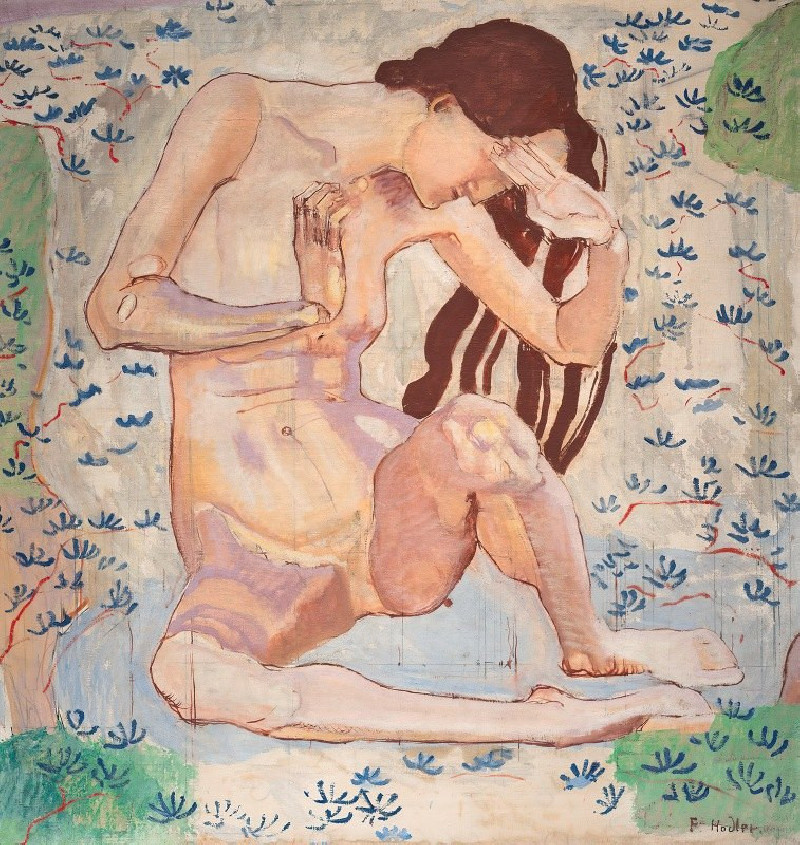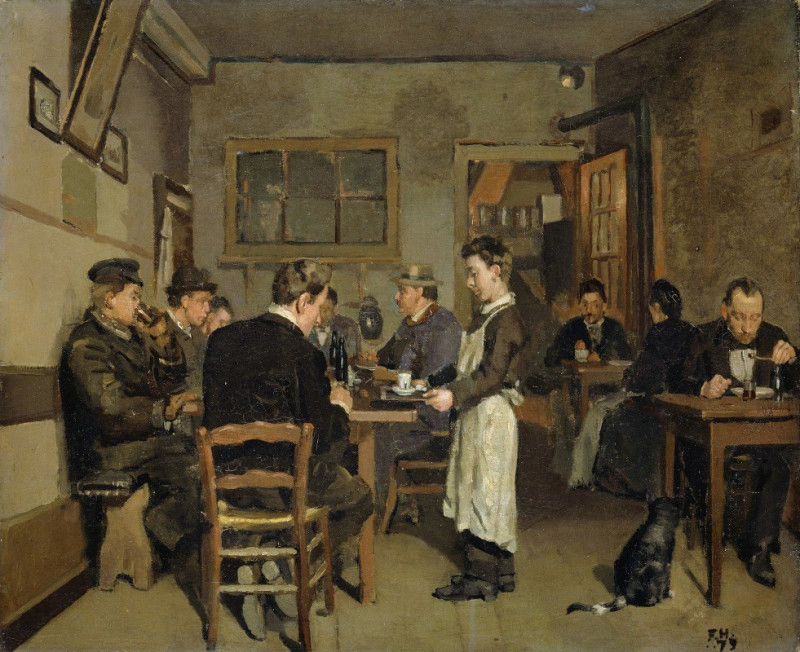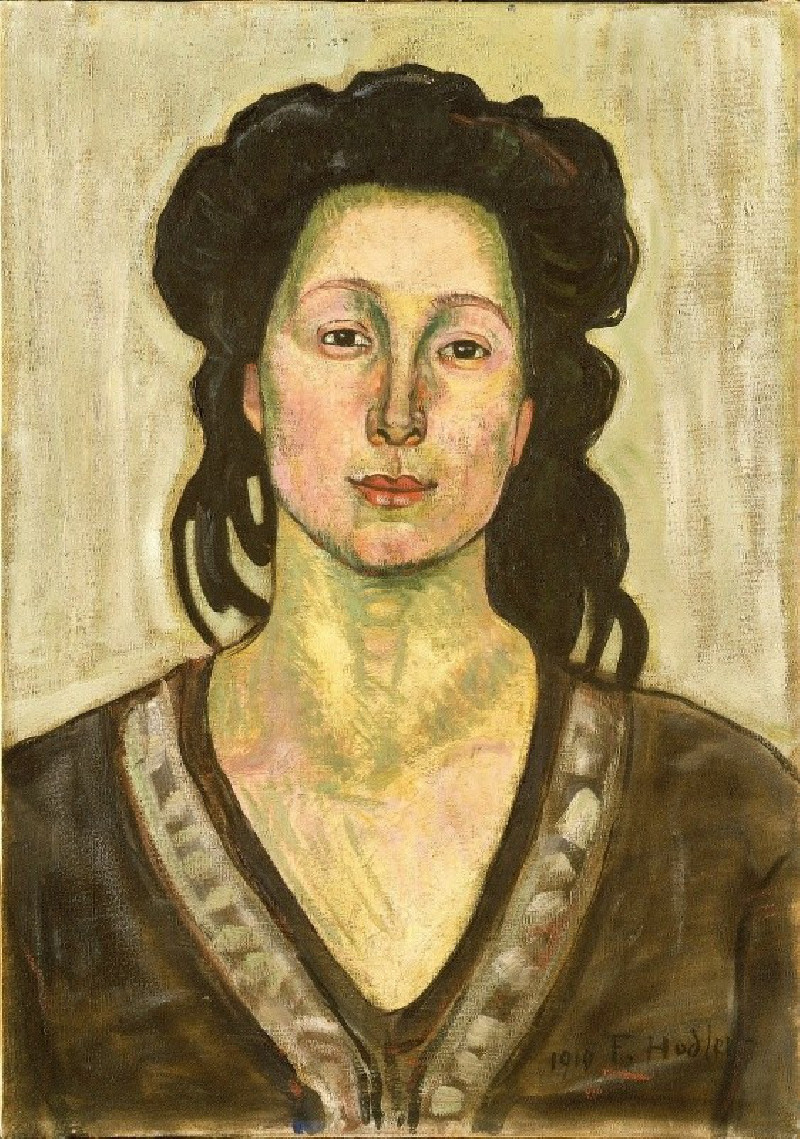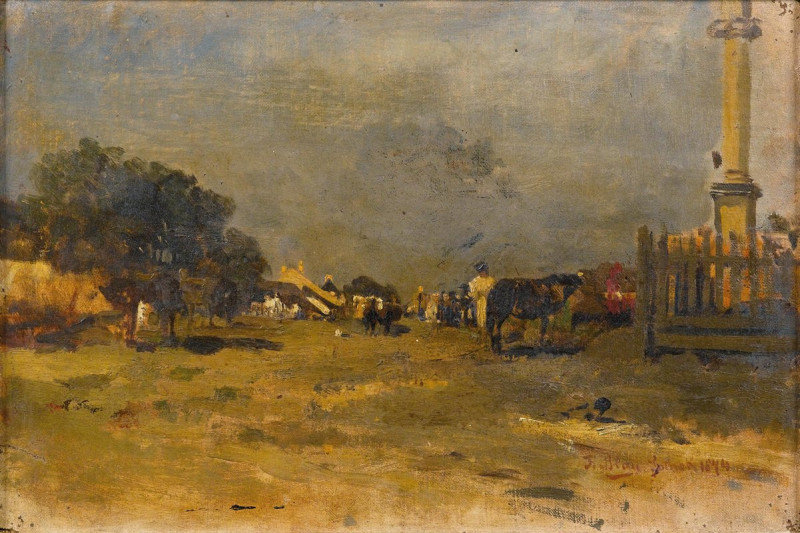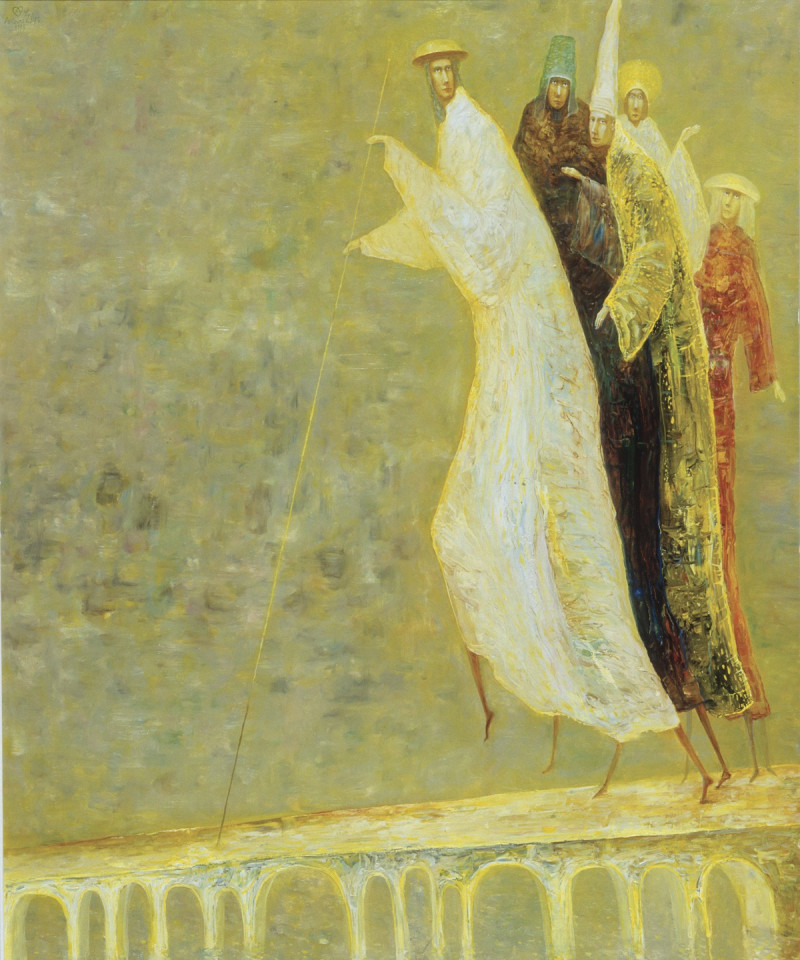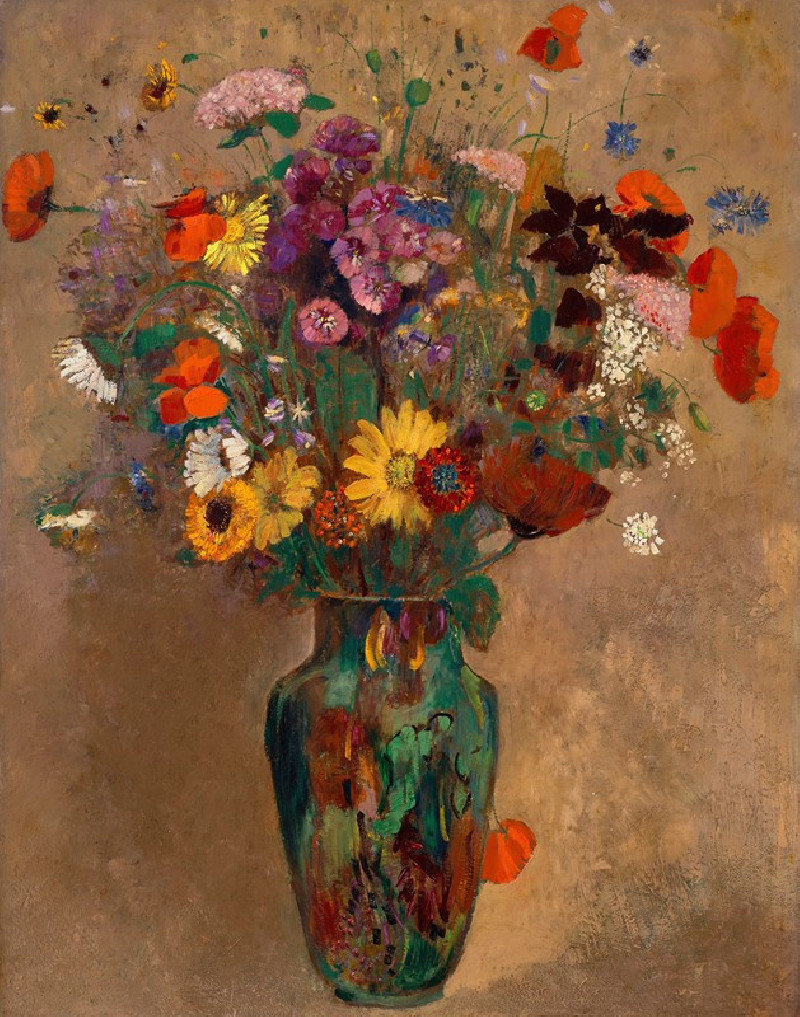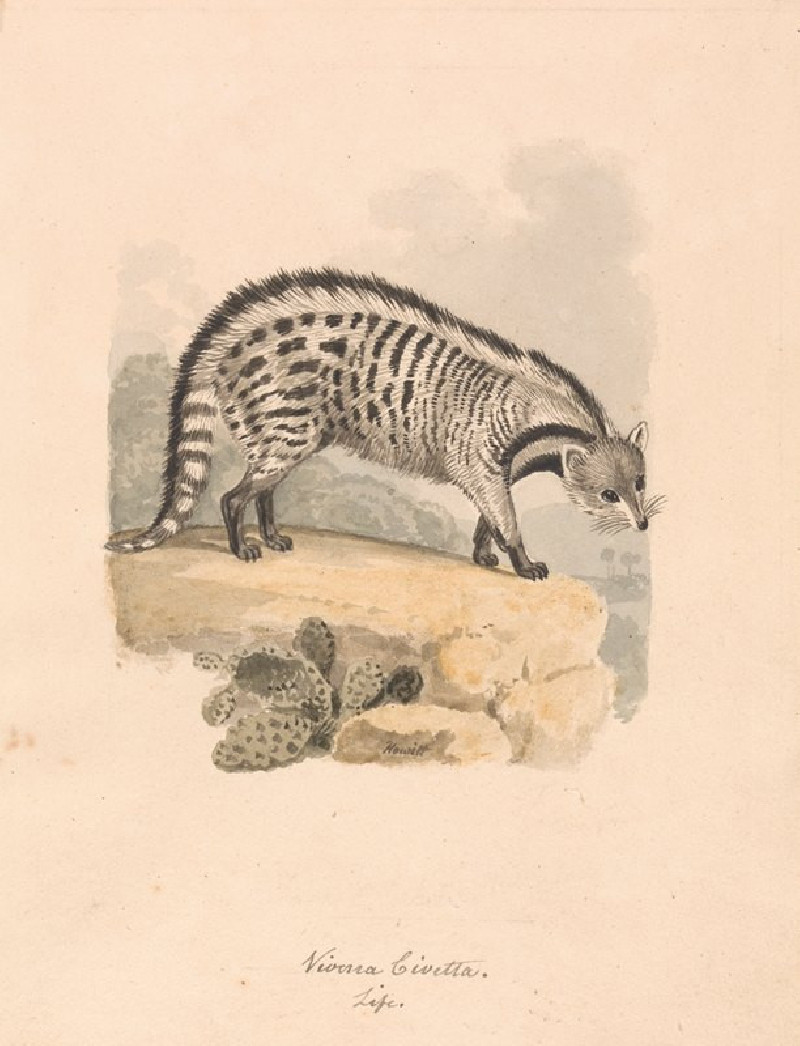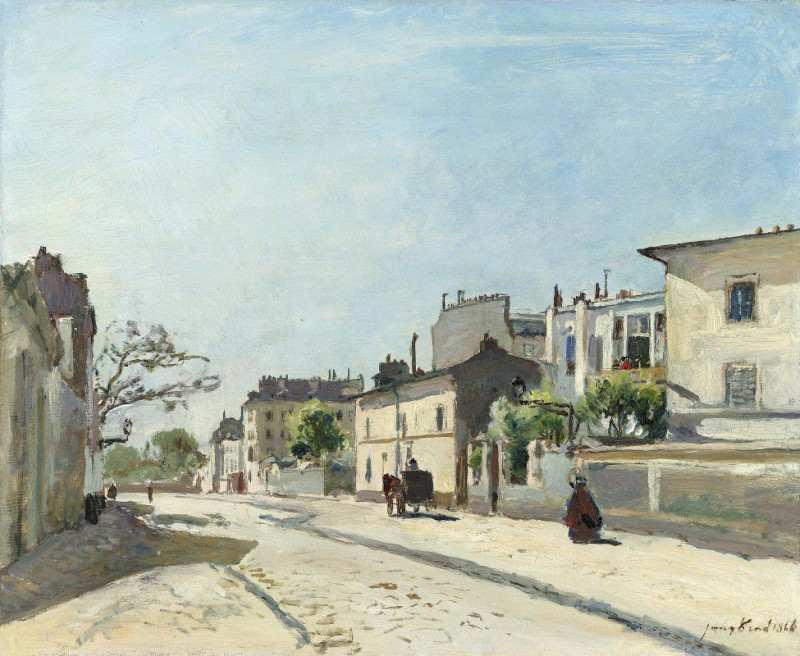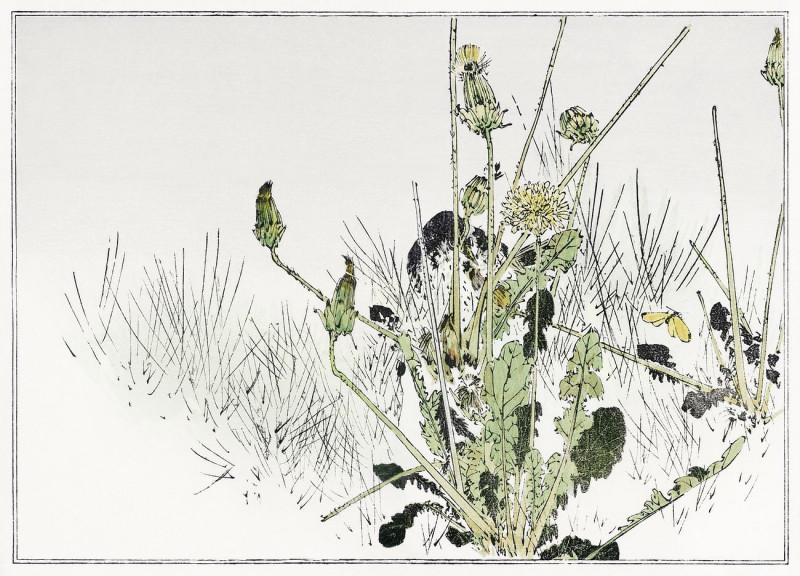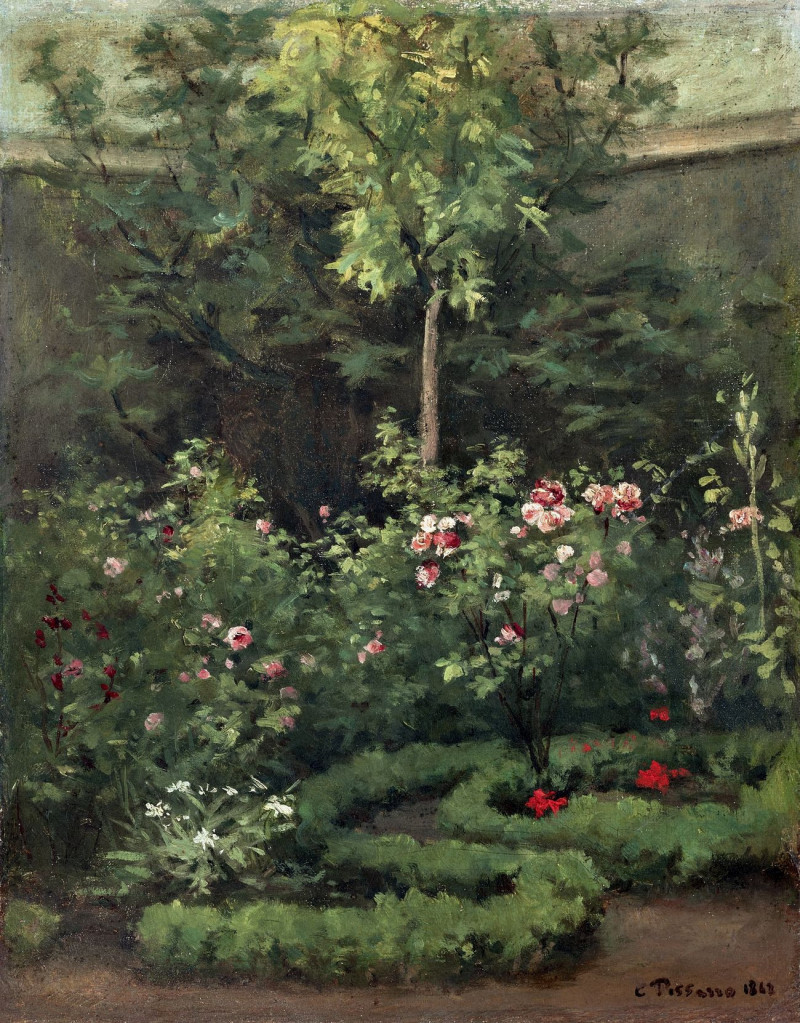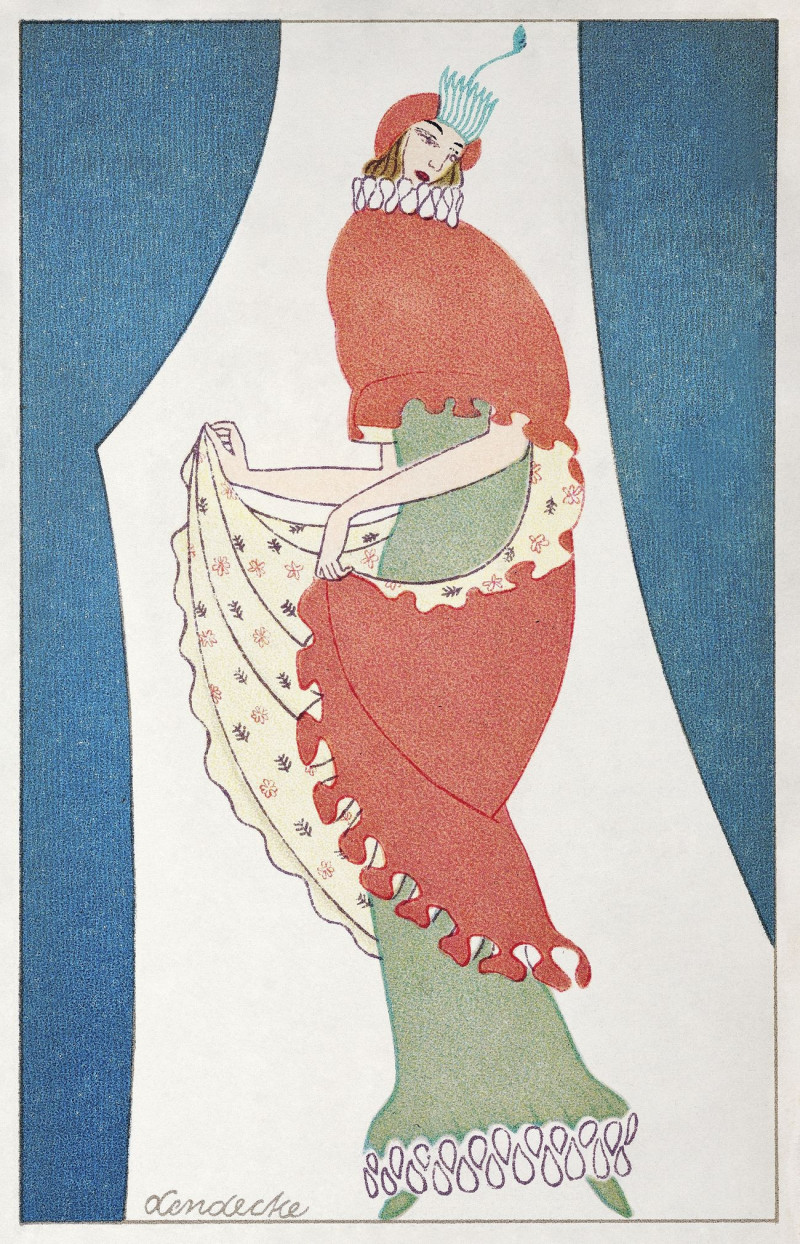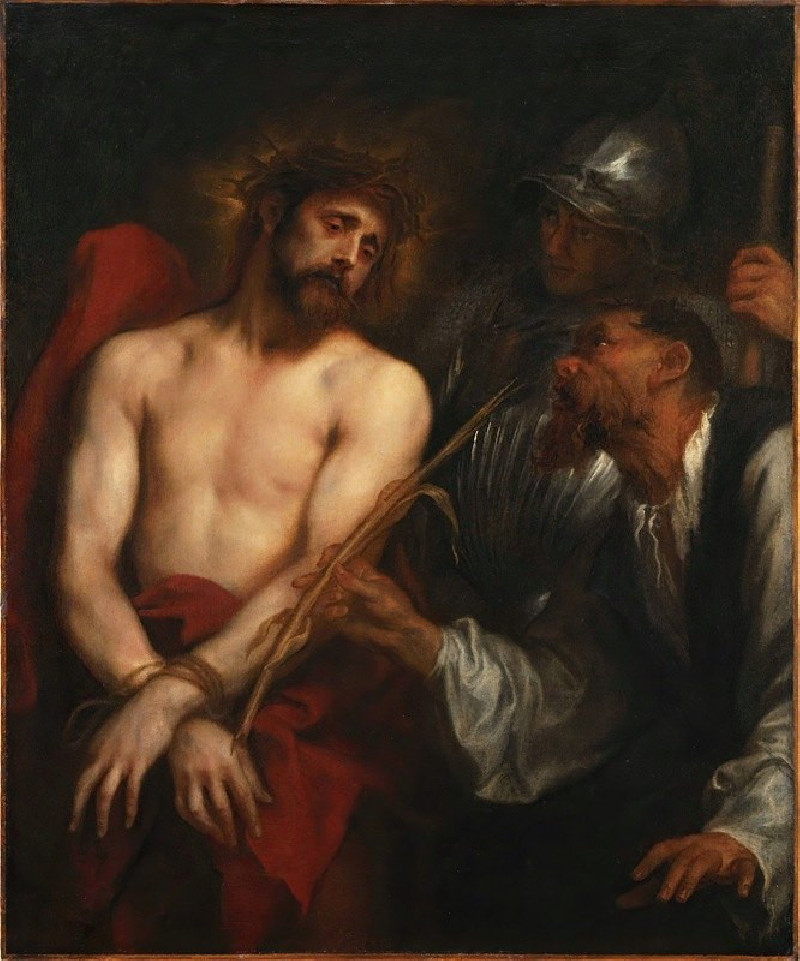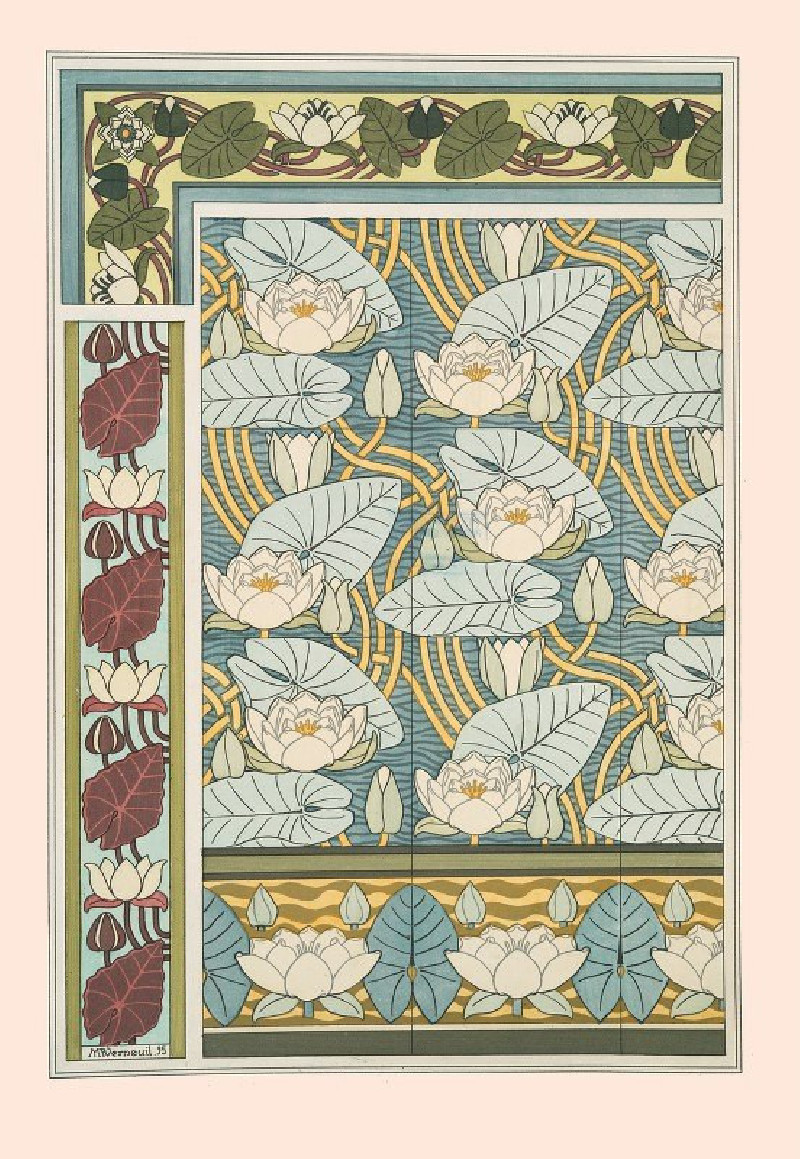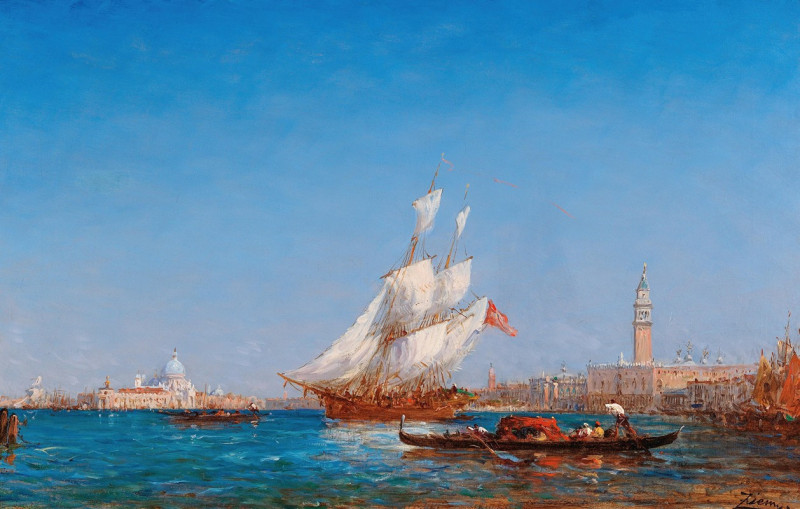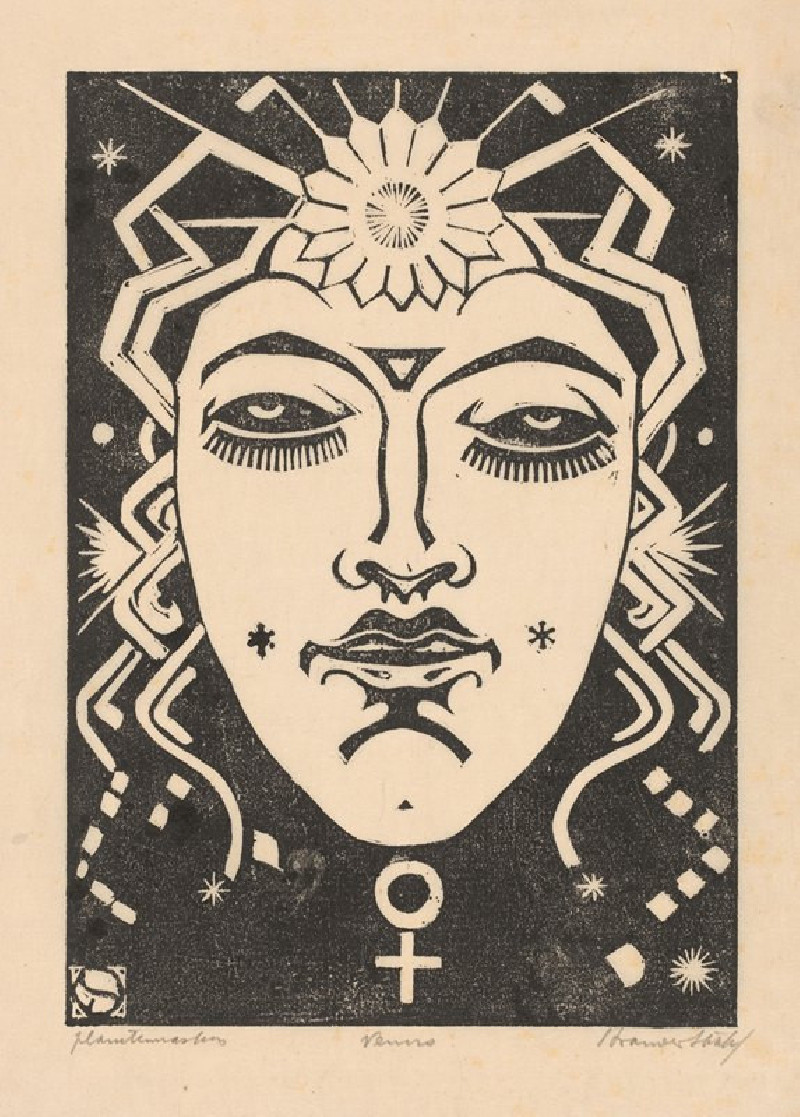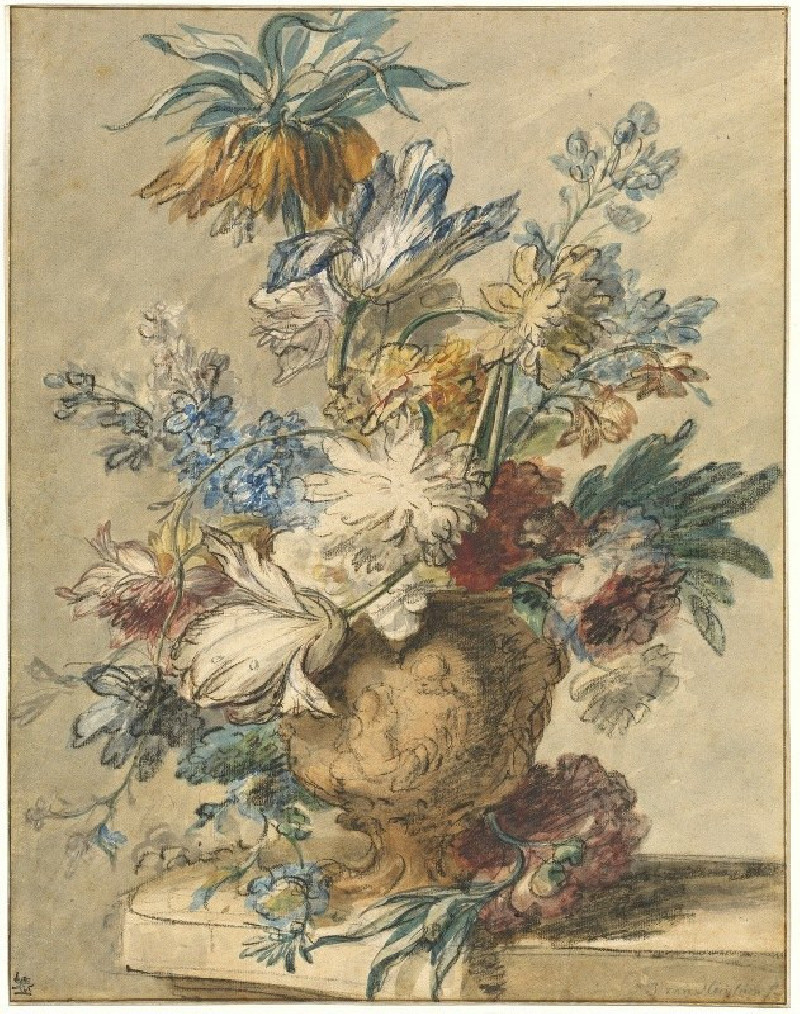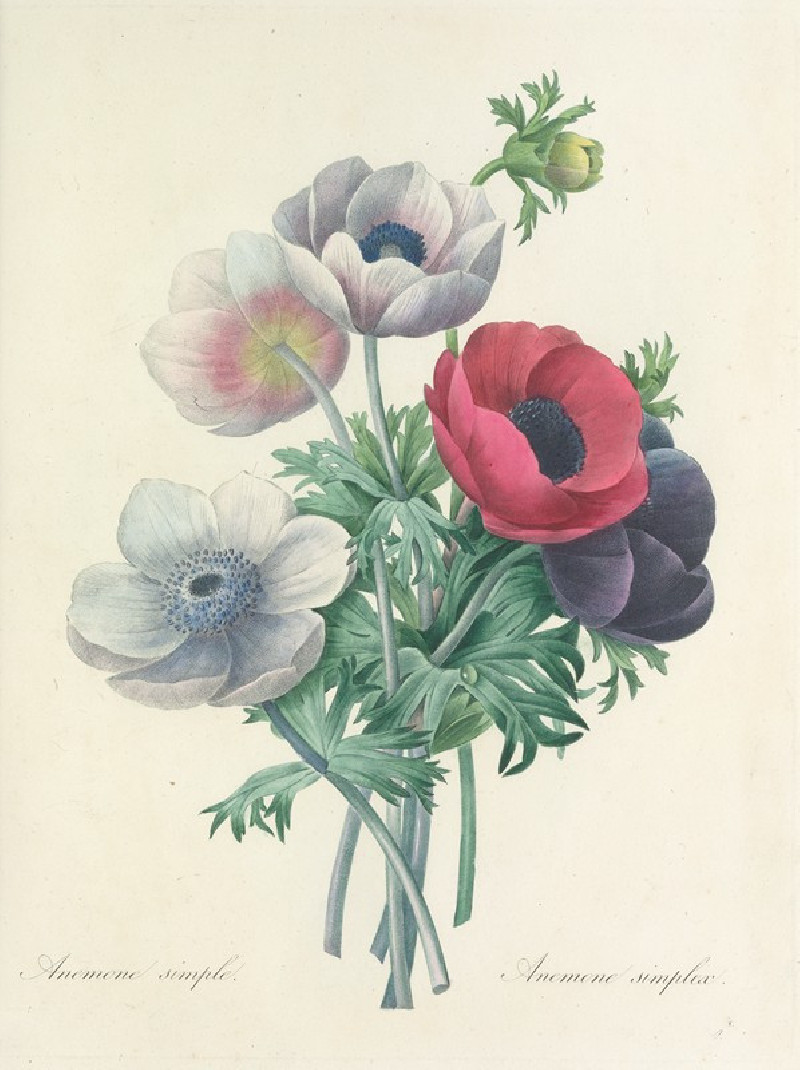Walk Along The Border Of A Wood
Technique: Giclée quality print
Recommended by our customers
More about this artwork
Ferdinand Hodler's "Walk Along The Border Of A Wood" captures the serene, introspective journey of an individual through nature. This painting, rich in detail and emotion, depicts a lone figure walking beside a dense, flourishing wood. The figure, dressed in traditional attire, is seen in profile, moving along a narrow path bordered by a vibrant tapestry of greenery.Hodler's use of vertical lines and naturalistic colors evokes the quiet majesty of the forest. The tall, slender trees, painted with meticulous detail, tower above the walking figure, emphasizing the grandeur and scale of the natural world compared to the human presence. The soft diffusion of light through the trees adds a mystical quality to the setting, suggesting a moment of communion between the figure and the surrounding wilderness.This painting invites the viewer to reflect on the power of nature to inspire solitude and contemplation. It's a reminder of the small yet significant place we occupy within the larger, time-honored rhythms of the natural world.

